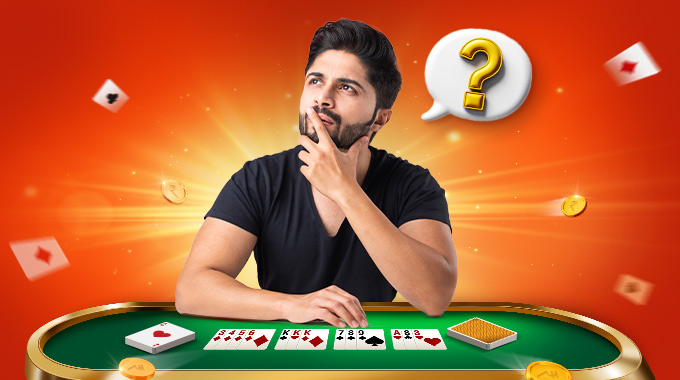
There are different ways in which narratives present themselves to us; through books or even during games. Surprisingly enough, the development of a good story in literature is similar to how the Rummy online game progresses on RummyCircle because in both one has to be tactical enough in order to solve emerging problems and then strike when the iron is hot with some major moves. This blog discusses the parallels between storytelling in rummy and provides tips on improving your experience from both narratives.
Setting the Stage
The tone of a story is usually established in the introductory chapter or section. It is in this section that important characters are introduced, the setting is described and the central conflict is portrayed. Rummy game also has an introductory chapter; it takes place immediately after dealing cards. By doing this “preliminary investigation” you could understand what to expect – does your hand contain almost ready combinations or all cards are mixed up.
Building the Plot
Character development and story progression occur when characters face obstacles, make friends and enemies as well as gather some strength along the way. Just like in a game of rummy, where each player draws and discards cards as they try to complete a run or set. The tension rises throughout a narrative as individuals question whether the hero will triumph or not. Every time an additional card is included in your hand or any cherished card is thrown out by the opponent increases the level of anticipation in Rummy.
Character Development and Strategy
Characters change so that they can be able to deal with the various issues in literature. A cowardly individual can also gain courage by overcoming obstacles. The same case applies when playing Rummy; as one picks each card, he or she gets better in terms of the strategy used. By doing this, you are able to learn from your previous faults, predict the moves of other players, and then make a spontaneous change in tactics.
Conflict and Climax
Conflict is an essential element in every interesting story. It does not matter if the protagonist is fighting a villain or a detective is solving some mystery; there has to be a conflict for the story to progress. In Rummy, conflict emerges from competition between two or more players for identical cards as well as the failure of an anticipated crucial card to show up. The game reaches its peak when one player finally combines their cards and confidently lays them on the table. This common feature of conflict escalating towards a culmination point contributes to the captivating nature of both Rummy and literature.
Conclusion
There are similarities in the development process of rummy and literature: they both start with a point, become tense as events unfold, and reach a critical stage at some point before concluding. Understanding this can turn your game into an engrossing activity just like when you read an interesting book. So when you next play rummy online at RummyCircle, imagine that you are creating a brief momentous tale about yourself. Therefore, it is important to carefully plan your storyline, be ready for unexpected events, and strive to achieve victory in the end.




